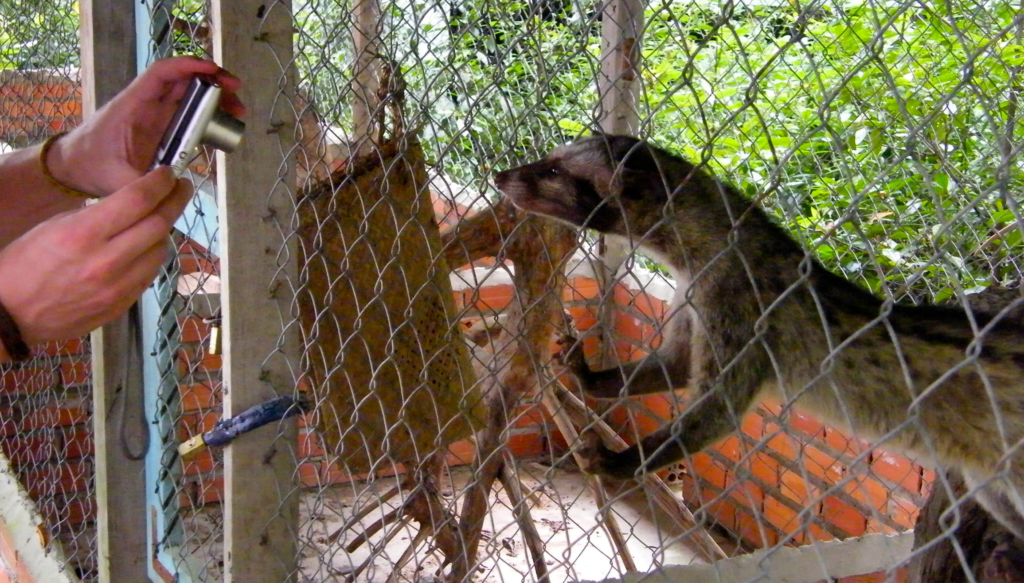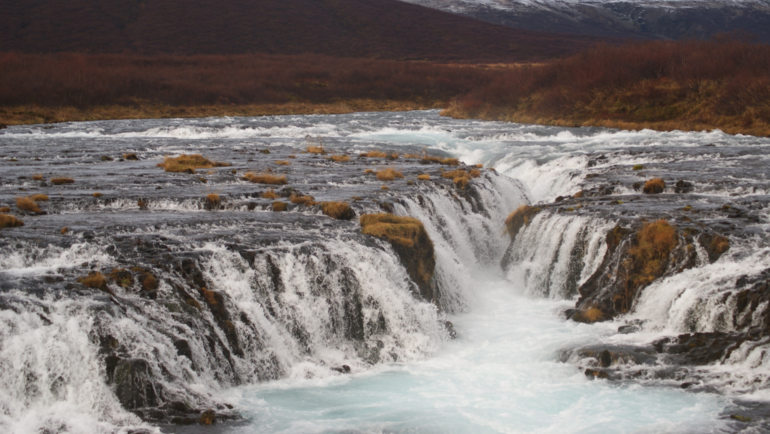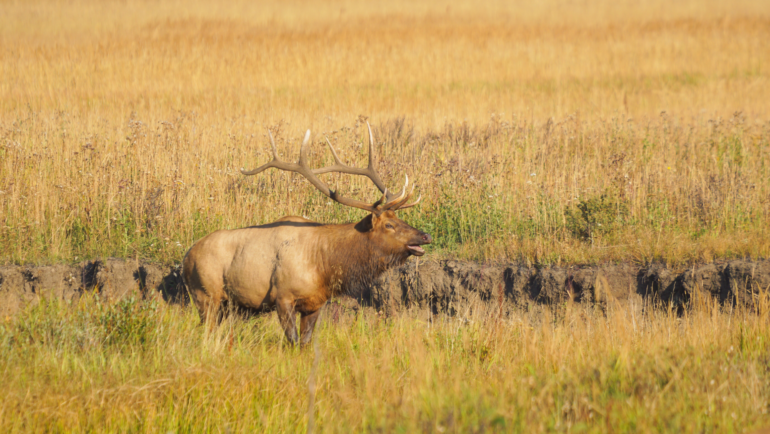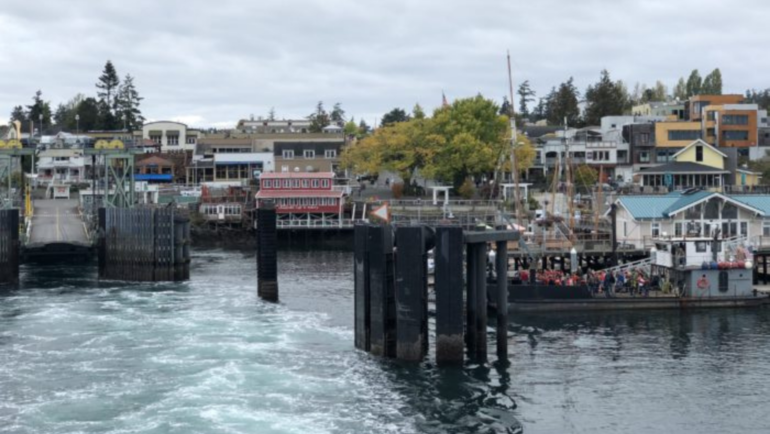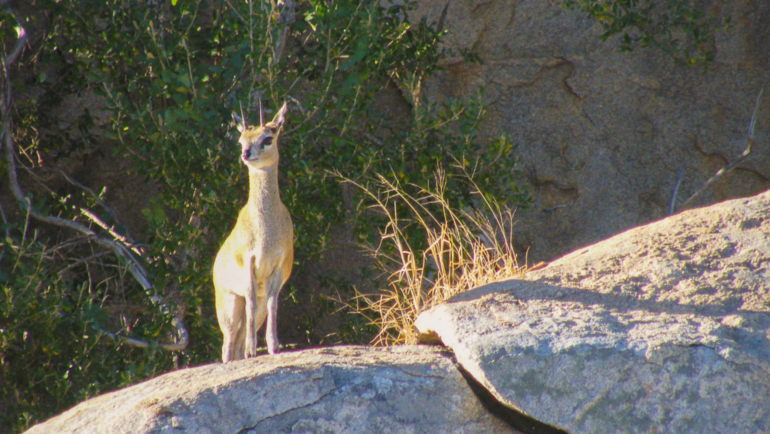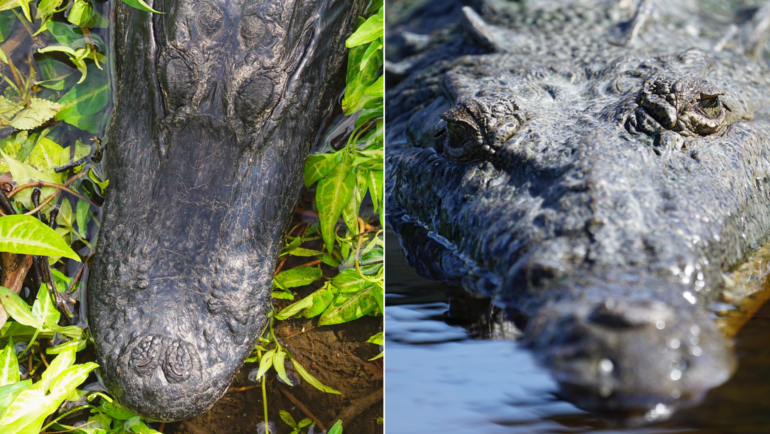The truth behind most wildlife tourism is bleak. Attractions all too often lure paying tourists close to captive animals under the pretense that they are well cared for. Most tourists are completely unaware that these animals suffer at the hands of their profiting owners, and often live very dismal lives. Tourists are presented with the positive façade that trained animals are enjoying themselves. Often, the worst of the cruelty takes place behind the scenes, long before the audience even pays for the experience. The audience is usually distanced from the violence, the starvation, the torture necessary to produce performances that fund ticket sales.
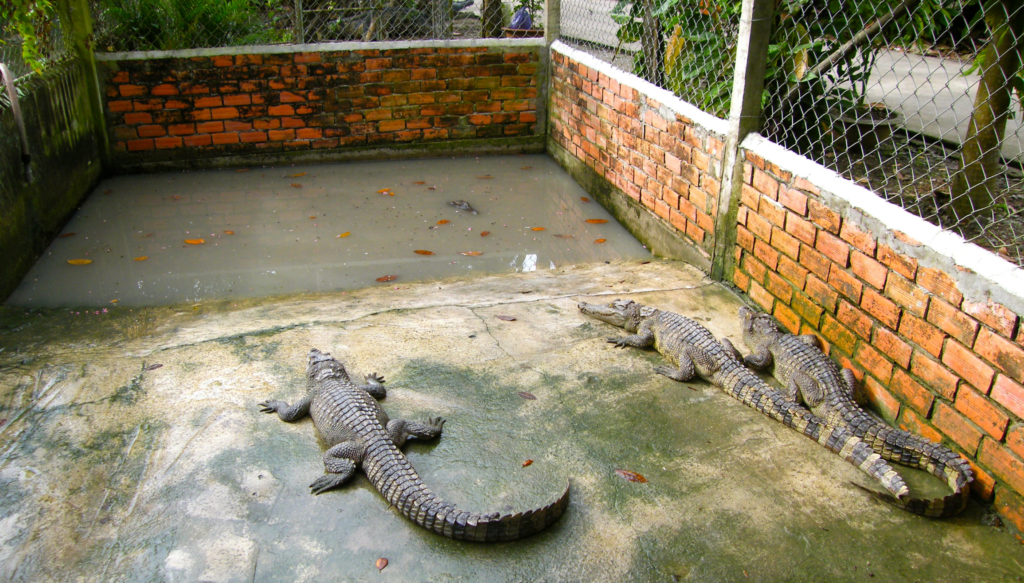
I’ve had the misfortune of seeing the abuse many animals suffer in the name of tourism. This reality was especially obvious during my time studying abroad in Vietnam. I had daily run-ins with animal exploitation for tourism. Here are five animal attractions to avoid in Vietnam, and in other parts of the world. Together we can increase awareness and help prevent this devastating treatment of animals!
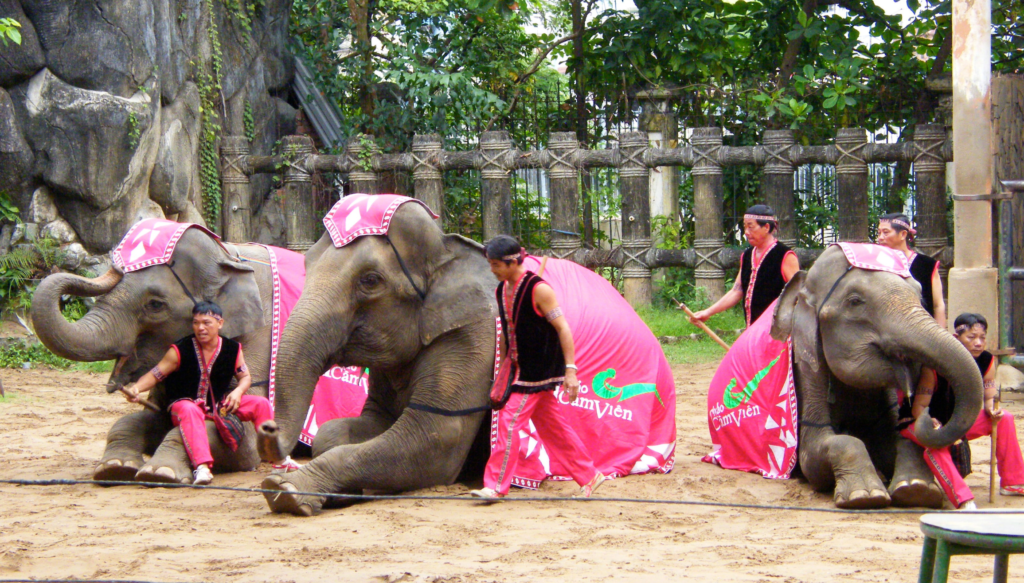
1.) Animal Shows and Circuses
I vividly remember stopping at a restaurant south of Can Tho that was clearly catering to tourists in the area. Their grounds were dotted with fountains and gardens, and at the center was a covered stage with bleachers surrounding all sides. Much to my disgust, behind the stage, was a tiny brick building that I peeked into. Down the middle of the barren room was a row of minuscule wire cages, each with a macaque monkey inside. I had just enough time to snap a photo and to notice the hoops and props for the show. I quickly left in horror as to not get caught poking around. It was clear this stage was for a monkey show to attract visitors to the restaurant. When not performing for crowds these poor monkeys were kept in near isolation, left in cages no bigger than laundry hampers.
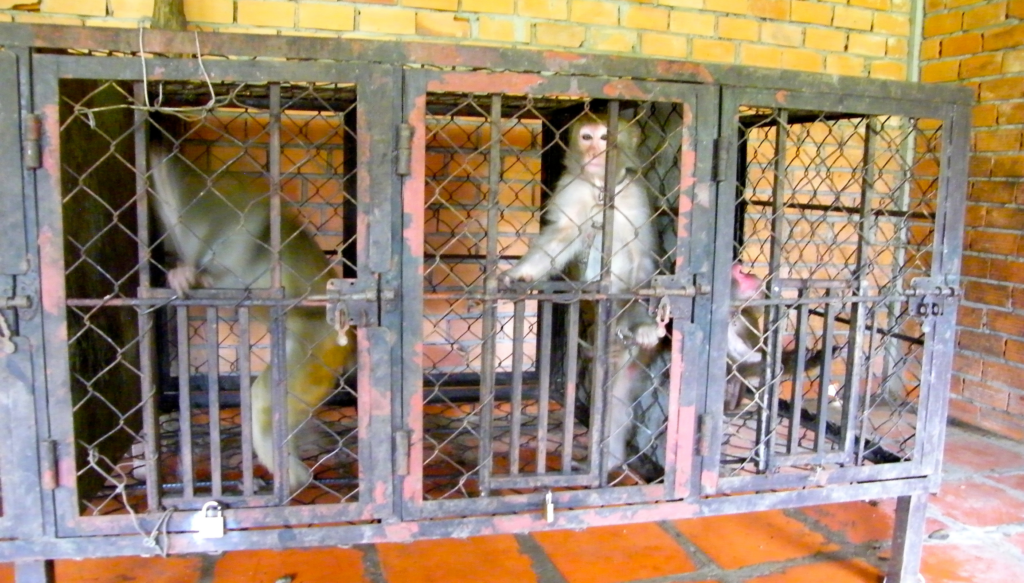
Always avoid supporting businesses that promote or host performances with wild animals. The training that often goes into creating these shows is barbaric and extremely traumatizing for the animals. Once the shows are over, animals are often chained for hours upon hours or caged in pitiful enclosures.
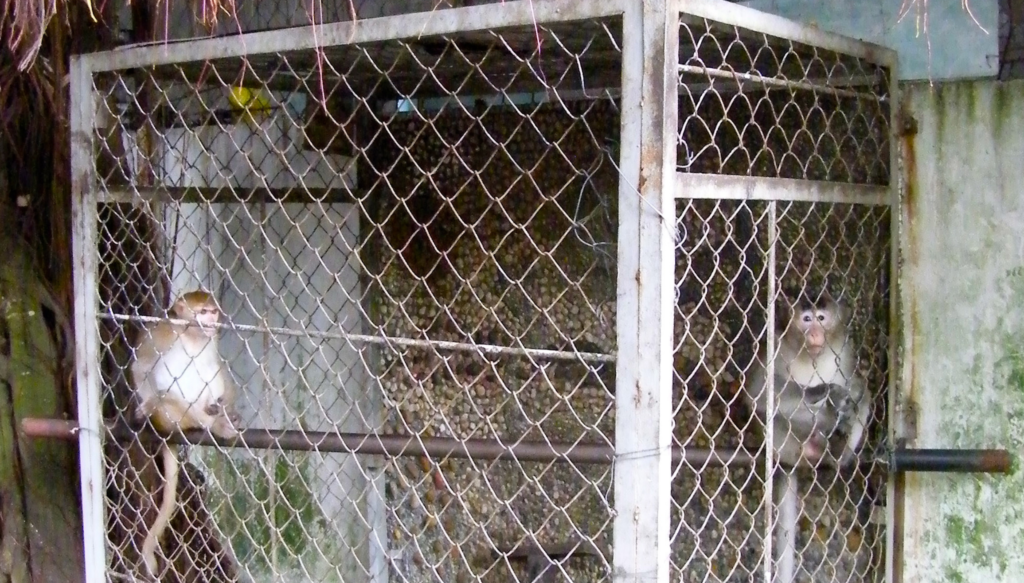
Elephant attractions are all too common in Southeast Asia; many offer rides and shows. Out of curiosity, I paid a visit to the Saigon Zoo to see for myself. Not to my surprise, it was bleak, enclosures were far from adequate and many of the animals appeared to be in poor health. One of the most antiquated displays was their Asian elephants. Seeing these intelligent and socially complex animals paraded around with bullhooks was heartbreaking. The saddest reality was the practices I saw were far from unique, throughout the world animals are used in performances for paying customers.
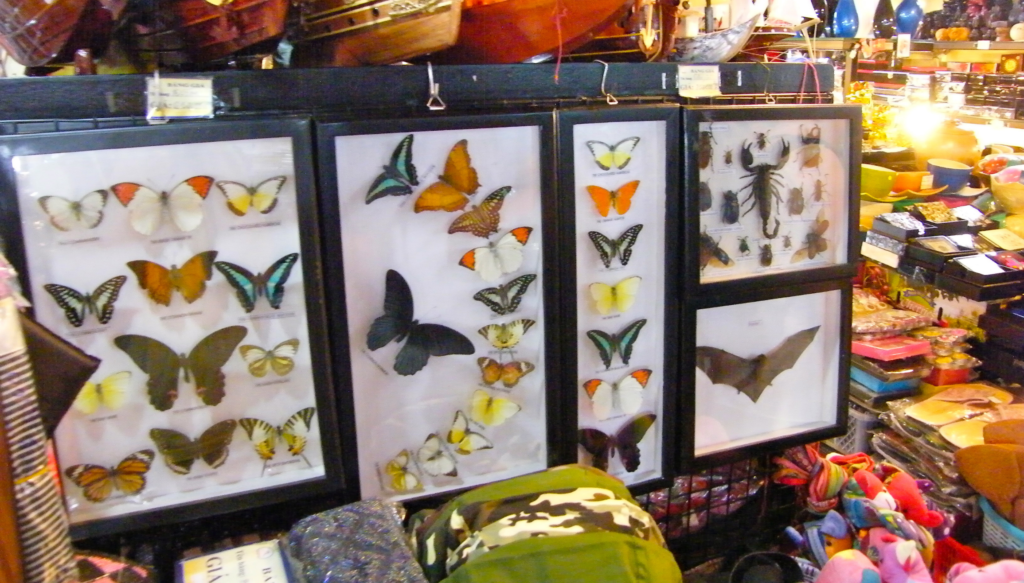
2.) Buying Wildlife Products
The opportunity to purchase wildlife products is more common than most realize. Shockingly, many souvenirs are made from wild animal parts, including jewelry, clothing, and decorative novelties. To make sure that your purchases are ethical and properly sourced, make sure to ask the seller:
-What is this product made of?
-Where did this product come from?
-Is this product legal to sell, export, and bring home?
But the easiest to remember is- when in doubt- DO NOT BUY! Your choices can help end illegal wildlife trafficking and ensure that your souvenirs are not harming wildlife.
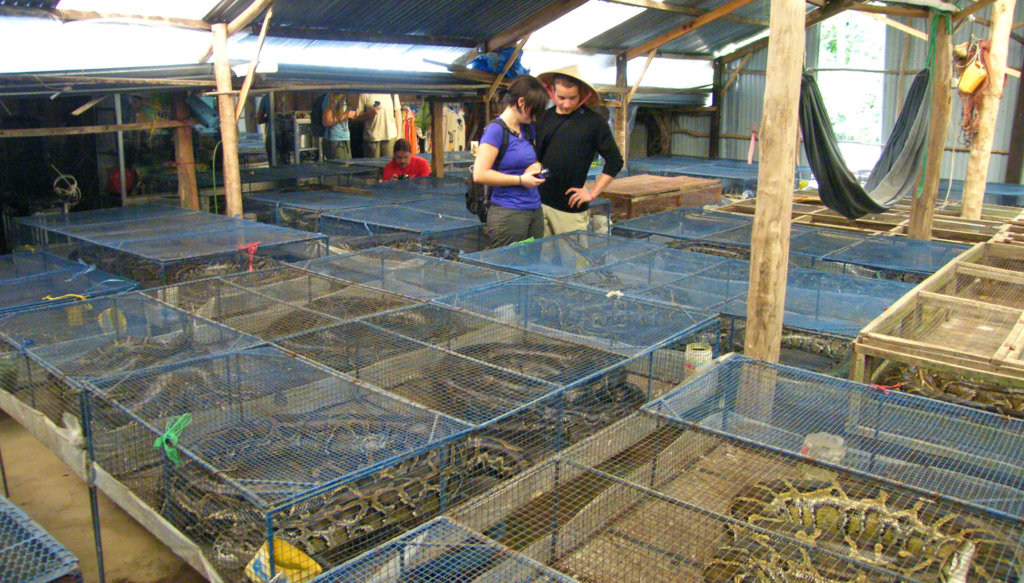
3.) Wildlife Farms
This might come as a surprise, but agritourism is not limited to apple orchards and pumpkin patches. In Vietnam, snake farms and crocodile farms have become popular tourist stops. These facilities breed animals for consumption, both for meat and for leather products. When traveling, avoid supporting businesses with captive wildlife that are bred and kept for these commercial products. Sadly, our professor fell into this tourist trap on a couple of occasions, having our group visit both a crocodile farm and a private snake breeder. It was clear that the main goal for both operations was producing as much profit as possible. We witnessed pythons being force-fed so they would grow larger faster, and stagnant ponds crowded with crocodiles.
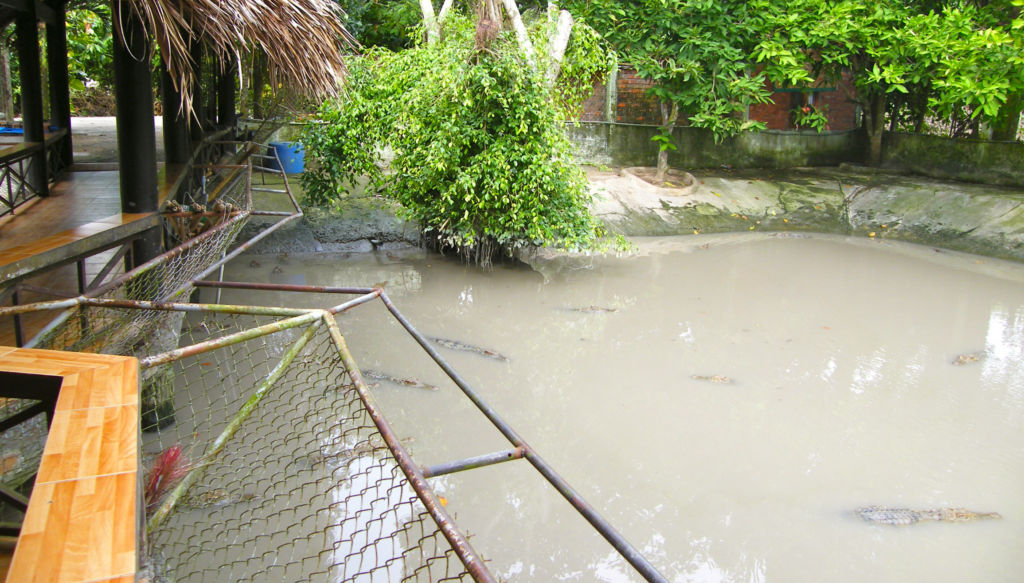
4.) Animal Selfies
Using wild animals as photo props has built a demand within the industry that is extremely dangerous and distressing for many animals. Often, people envy friends who post selfies of hugging or holding wild animals, which unfortunately encourages more people to take their own pictures – leading to a vicious cycle. The reality is; if you can hug, hold, or take a selfie with a wild animal, odds are it’s suffering. Common sights while traveling Vietnam include leashed monkeys, parrots on perches, or the chance to hold a large snake. Don’t be part of this ugly picture: make sure your wildlife photos are cruelty-free. No pictures should not be captured at the expense of a wild animal.
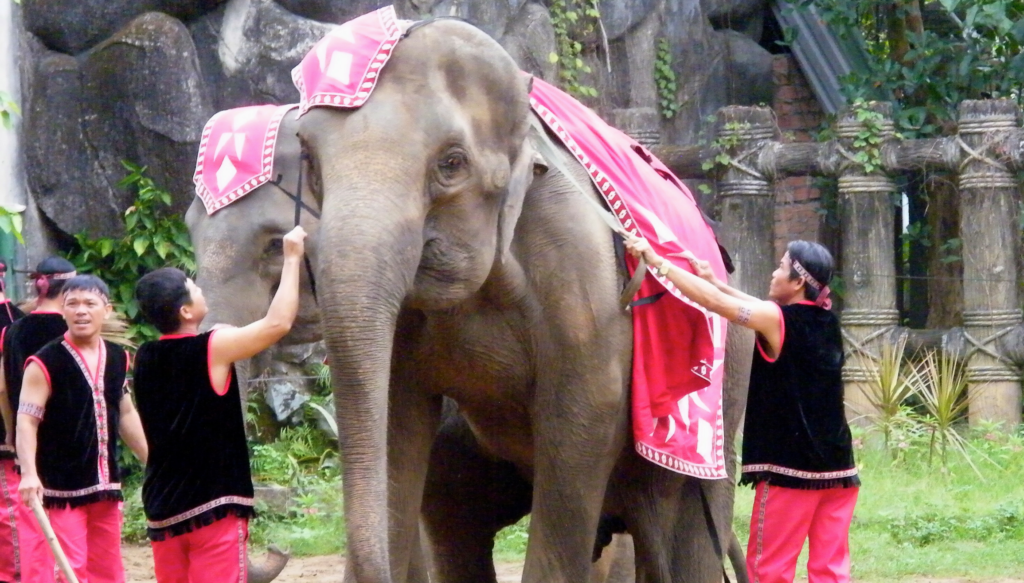
5.) Consumption of Wild Animals
We cannot ignore the impact that wild animals play on human health. The consumption and demand for wild animals have stirred many epidemics and pandemics- including Ebola, Bird Flu, SARS, and COVID-19.
During my time in Vietnam, I lost track of the number of markets, restaurants, and shops that had live wild animals for sale inside. Many were frogs, fish, snakes, and turtles- but I was extremely shocked when we discovered a live Malayan porcupine inside a restaurant. Come to find out porcupine meat is a sought-after delicacy in Vietnam. This animal was probably trapped from the wild and eagerly placed on the menu to sell. The poor porcupine had lost many of its quills, likely in defending itself during capture.
Led by their curiosity many tourists order and eat wild animals when traveling. By avoiding wildlife on the menu we can help permanently end the commercial trade of wild animals. Not only will this help prevent the spread of diseases, but it will also address one of the major drivers of species extinction.
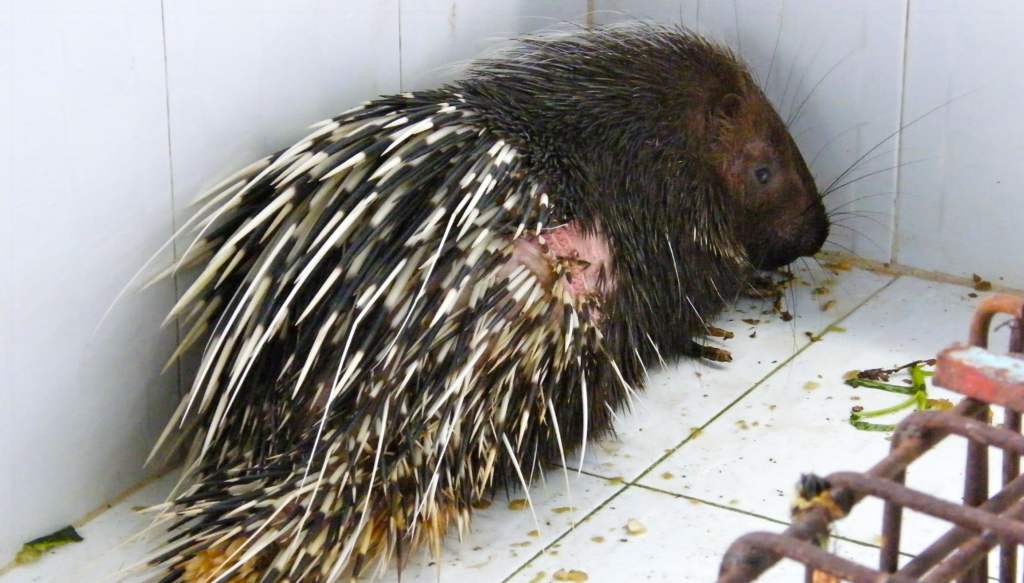
According to World Animal Protection, more than 500,000 wild animals worldwide are suffering at the hands of tourist-driven entertainment. I encourage every traveler to do their research and look behind the curtain of this industry and find out the reality that is the bleak lives of these exploited animals. Help raise awareness, tell your friends and families about the truth behind wildlife attractions. Together we can drive industry standards that better protect wild animals and together we can phase out cruel wildlife entertainment practices.
